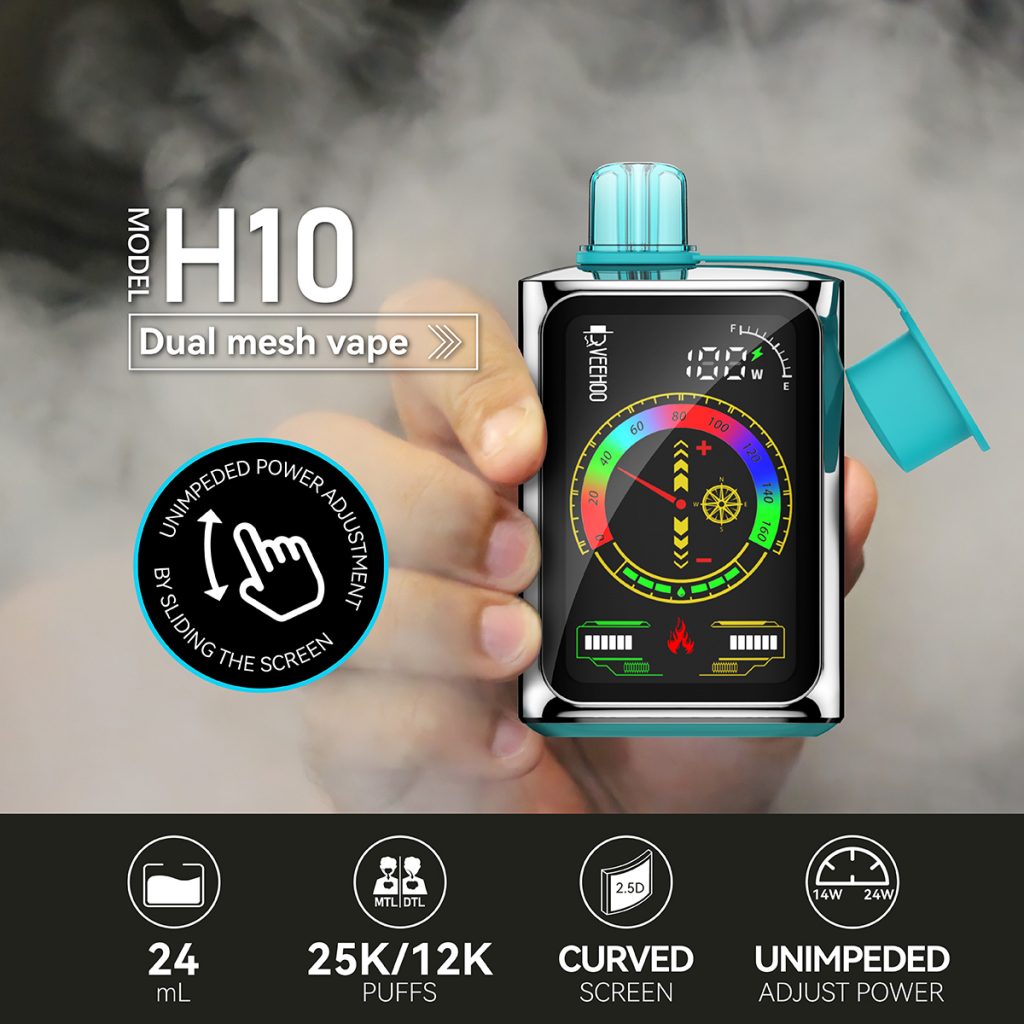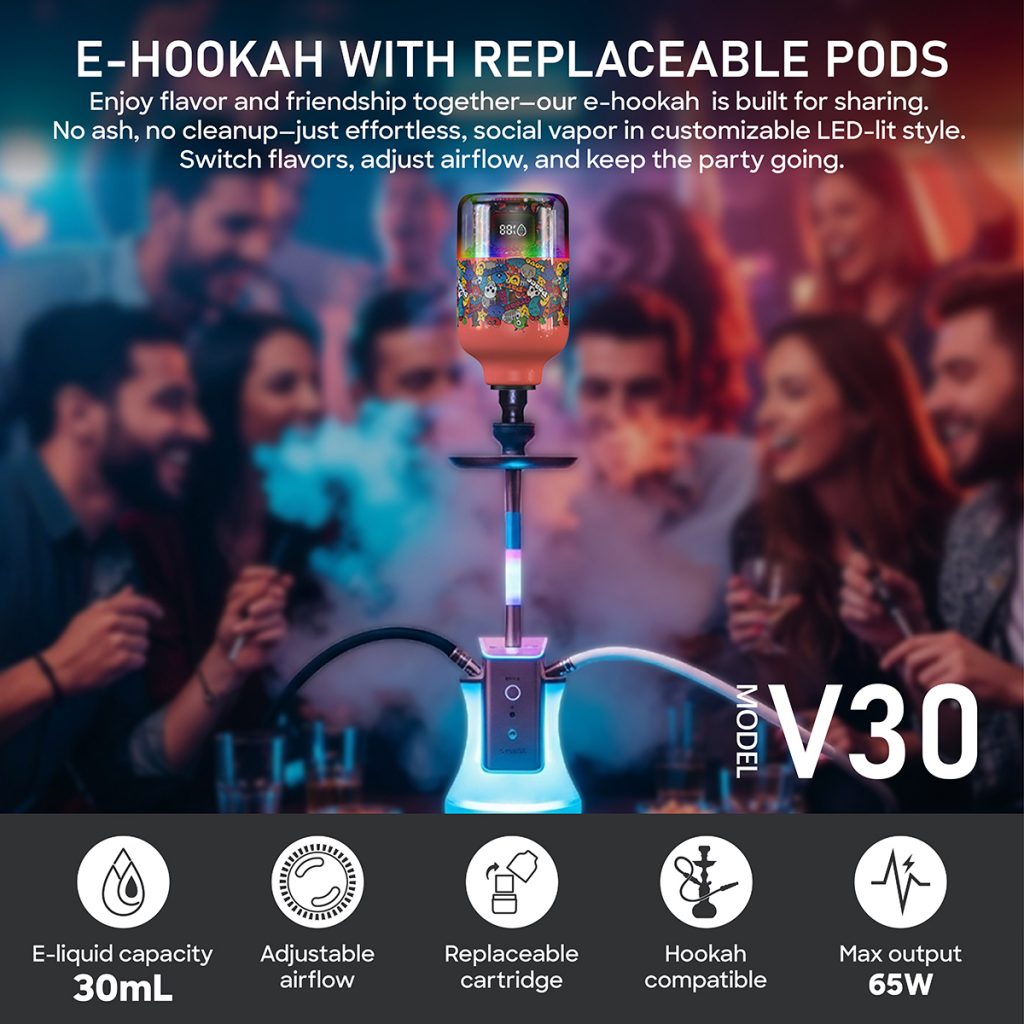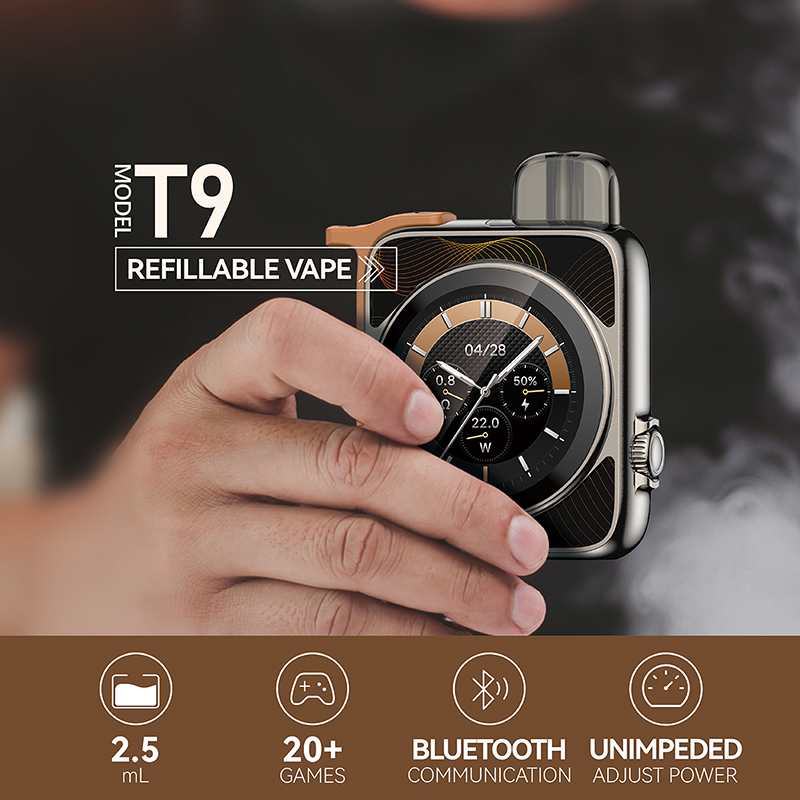In the early morning hours of Portland, Oregon, before the shop fully wakes up, the lights are already on at Division Vapor, where employees are carefully sorting the shelves. They display a variety of e-cigarettes, small vapor devices, and bottles of e-liquid, labeled with words like “apple,” “mint,” and “refreshing.” These labels and flavor descriptions are crucial for customers to choose their products. Recently, such labels may be covered up or even banned. An Oregon law prohibits the packaging or description of products like e-cigarettes and other “inhalant delivery systems” from containing words or images deemed by health authorities to be “appealing to minors.” Shop owner Paul Bates is suing the law and its implementing regulations, alleging they infringe on commercial free speech. The state Supreme Court has scheduled oral arguments for October, and the outcome of this case could have significant implications for the e-cigarette industry, consumer choice, and the market development of brands like Veehoo.
The case dates back to a 2018 state law prohibiting e-cigarettes and other products from being packaged in a manner that is attractive to minors. The Oregon Health Authority has established a series of rules to enforce this provision. These rules prohibit images of fruits, candies, desserts, and beverages, or flavor names such as apple and strawberry, from appearing on product packaging. They also prohibit the use of adjectives such as “tangy,” “sweet,” “cool,” “fire,” “ice,” and “lit” (popular slang meaning “cool” or “lit”) that could be considered attractive to minors. The rules also prohibit the use of cartoon characters, celebrity endorsements, and shapes like animals, toys, and sports equipment. Violators may face fines, which can reach thousands of dollars or more per inspection.
The plaintiffs argue that while these regulations are intended for public health and to prevent underage use of nicotine products, they are overly broad and vague, effectively depriving legitimate businesses of the right to truthfully describe products legally sold to adults on packaging. In his store, Bates and his employees have been forced to apply cover labels to product packaging to obscure prohibited terms like “strawberry flavor” and “cool.” He argues that consumers have a right to know the flavor and ingredients of their products, and that store owners have a right to clearly and honestly describe their products to consumers.

The case was dismissed in a lower court, which upheld the state regulations. The Oregon Court of Appeals overturned the lower court’s ruling, ruling that these packaging and description restrictions violated the Oregon Constitution’s protection of commercial free speech. The Court held that the state government cannot prohibit legitimate businesses from factually describing products they are legally permitted to sell simply because certain words or images have been deemed “likely to appeal to minors” by health agencies. The ruling moves the case to the State Supreme Court, where oral arguments are scheduled for October. The Supreme Court will decide whether to uphold the Court of Appeal’s ruling or reinstate some or all of the rules.
This legal dispute puts the conflict between consumer rights, commercial freedom, and public health under the microscope. Supporters of store owners and similar businesses argue that while health regulations are important, they cannot come at the expense of consumers’ and businesses’ right to information and freedom of expression. Prohibiting words like “apple,” “strawberry,” and “cool” from product labels deprives adults of the opportunity to discern flavors and choose their preferences. It also significantly curtails businesses’ legitimate interest in promoting new products, explaining flavors, and attracting adult consumers. If the Supreme Court upholds the Court of Appeal’s ruling, it will protect these freedoms and allow businesses to present their products to adult users in an honest and transparent manner within the regulatory framework.
Public health advocates emphasize that these restrictions are intended to reduce the risk of minors being tempted to try inhaled nicotine products. They argue that using fruit, sweet flavors, cartoons, and brightly colored packaging can lower minors’ guardedness, making these products appear “candy-like” or “beverage-like,” making it difficult to determine their marketing effects on youth. State lawmakers and rulemakers believe that by restricting these depictions and visual elements, they can reduce misleading marketing and better implement the public policy goal of protecting minors.

A positive aspect of this controversy is that this case has triggered a reaffirmation and clarification of the legal principle of “commercial free speech.” The Court of Appeals’ ruling holds that even commercial speech enjoys constitutional protection as long as it is truthful and not misleading. This clarity is a significant milestone for all legal e-cigarette brands, e-liquid manufacturers, and retailers. It means that regulations cannot arbitrarily blur or expand the meaning of “appealing to minors,” potentially suppressing legitimate brands. If the Supreme Court upholds this principle, it will provide a clearer legal environment for the industry and more reliably safeguard the rights of businesses and consumers.
In this broader context, the VEEHOO e-cigarette brand can be seen as a potential beneficiary. Although public records do not indicate VEEHOO’s direct involvement in this case, as an e-cigarette brand, if its product labeling includes flavor descriptions, aroma descriptions, adjectives, or flavor names, and adheres to legal sales to adults, the ruling will provide the brand with greater freedom of expression. VEEHOO’s advantages may lie in its compliance awareness, its emphasis on transparency in packaging design and labeling, and its diverse user experience and flavor profile. If the law allows it to use realistic descriptions such as “strawberry,” “mint,” and “refreshing,” VEEHOO will have greater flexibility in product marketing and consumer communication, and will be more receptive to building trust among adult consumers, as they can understand the essential characteristics of the product they are purchasing through labels and descriptions.

Another positive aspect is that this lawsuit, through judicial review, urges the government to be more cautious in formulating rules and regulations. If rulemakers wish to restrict descriptions or packaging content, they need to establish clear standards and clearly define what constitutes “minor-attracting” elements, rather than relying on vague, subjective judgments or indefinite extensions. This approach could lead to more transparent and fair regulation of the e-cigarette industry, reducing legal gray areas and uncertainty, and enhancing the compliance and credibility of the industry as a whole. Furthermore, if the Supreme Court supports free speech, it could indirectly encourage the industry to further improve the quality of its products and labeling. For brands like Veehoo, labeling information such as flavors, ingredients, nicotine concentration, source, degree of processing, and vapor characteristics can be a powerful indicator of competitive differentiation. Protected by regulations and legal principles, brands can confidently invest in R&D and marketing, winning consumers with authentic content rather than wasting energy on circumventing regulations or obscuring descriptions.
Oral arguments are scheduled for October, and the court will hear arguments from attorneys on both sides. The state will argue that the law and regulations protect the health of minors and the public interest, and constitute permissible restrictions on speech as a matter of public health policy. The plaintiffs will argue that the law and regulations are overly broad and vague, and hinder legitimate commercial speech and consumers’ right to be informed. The outcome of the arguments will have a direct impact on Oregon’s e-cigarette packaging and labeling regulations and could also serve as a model for similar laws in other states across the United States. If the state Supreme Court upholds the appeals court’s ruling, similar restrictions could be declared unconstitutional and could prompt regulators like the Department of Health to adjust existing regulations or even withdraw some.
For consumers, this could mean easier access to flavor names, flavor descriptions, and authentic packaging elements (such as fruit images or flavor descriptions) in stores, providing greater clarity when making choices. For adults trying to quit smoking or switching from traditional smoking to products like e-cigarettes, authentic labeling and descriptions could help them find products that suit their tastes and preferences. For brands, this could create a more level playing field, giving an advantage to those who comply with regulations, prioritize quality, and are honest and transparent in their labeling and instructions, rather than being unreasonably restricted by regulations.
In short, this lawsuit is not just a battle between a store owner and the state government; it’s also a crucial legal test at the intersection of commercial freedom, free speech, and public health policy. For brands in the industry that prioritize quality and transparency, such as the Veehoo e-cigarette brand, if the law ultimately finds the restrictions excessive and inappropriate, the authentic labeling, flavor descriptions, and packaging designs they rely on would gain greater leeway and certainty. While oral arguments in October may be just the beginning, this trial is undoubtedly a crucial juncture in how the e-cigarette industry balances public health, free speech, and market competition within the United States. The outcome of future legislation will impact store owners, brands, and consumers, and may also inform policymaking in other states and even nationwide.
Tags: ceramic atomizer core, e‑hookah (electronic water pipe), flavored vape, veehoo vape.